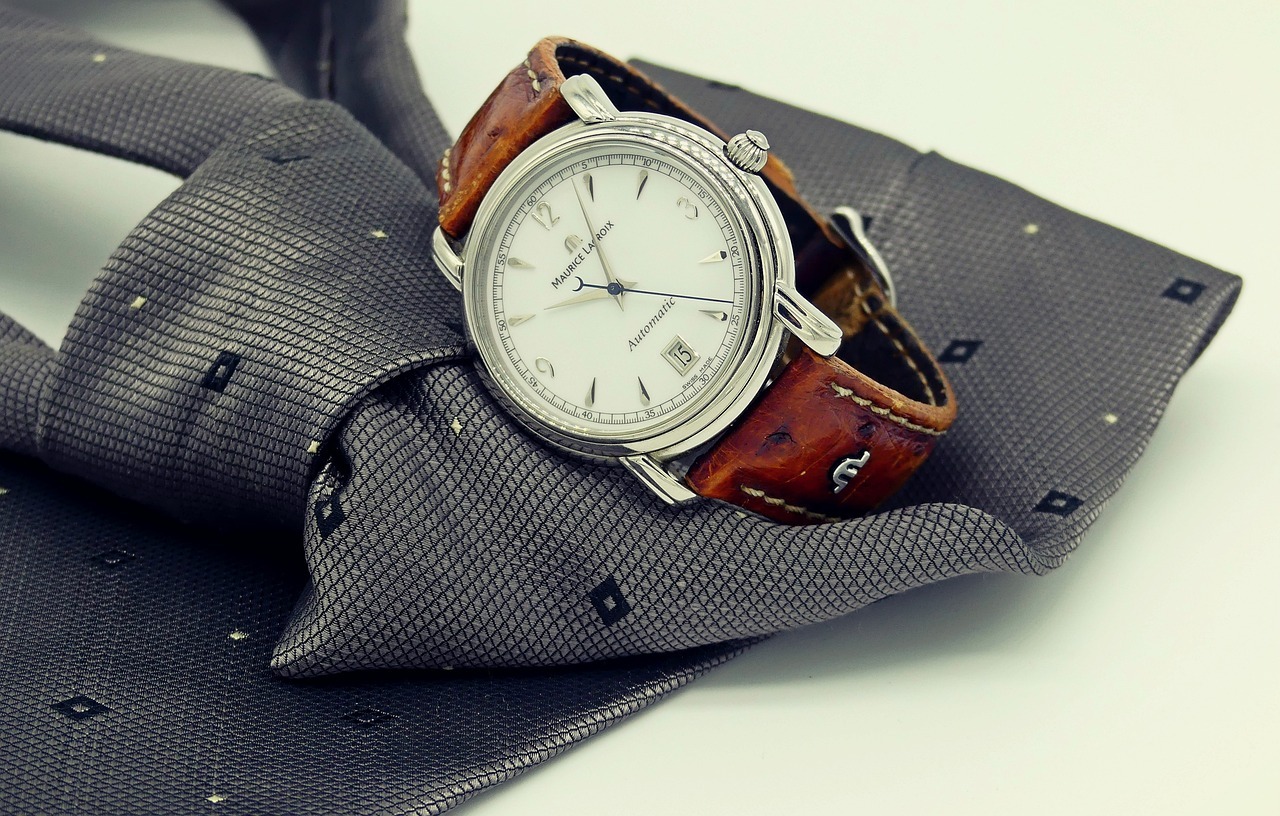Watches have been around for a long time, and we see them not only as a tool to check time but also as an accessory and a fashion statement. You may have at some point wondered about who really invented the modern watch?
Watches have come a long way from sundials and obelisks used by ancient civilizations to try and keep accurate time. After sundials and obelisks, clocks were invented. At the time, they were considered one of the greatest technological accomplishments; however, the clock’s inventor (and the exact date it was invented), is lost to history.
The history of the watch, similar to the clock, is a little fuzzy and we aren’t precisely sure who had the eureka idea to put a clock on a person’s wrist. There had been numerous timepiece and watch makers in the past, whose names remain a mystery. Due to the lack of exact information regarding the invention (and true inventor) of watches, historians can only identify one person as having a key role in its development, Peter Henlein.
Henlein was German a locksmith and clock maker who is often credited as the inventor of the modern watch. Records of his early life remain unclear, so historians variously state that Henlein was born between 1480 to 1485. In 1504, he was implicated in a brawling crime from which he sought refuge at a Franciscan monastery. Apparently, he underwent an apprenticeship during his time there; he constantly experimented the composition and design of watches. Many historians and watch buffs credit Henlein as the inventor of the mainspring. A mainspring is the spiral torsion spring of metal ribbon that powers mechanical watches.
Although records show that he did utilize springs that enable the watches to be wound and therefore keep the time running for a number of days, that is still open to some debate. He was one of the earliest watchmakers to make a taschenuhr, or a small ornamental watch enclosed in an egg-shaped container. It is made of brass and also called Nuremberg’s egg, after the city of Nuremberg where Henlein apparently designed the timepiece. These Nuremberg’s eggs are fitted with chains which are then either hung around the neck or attached to clothing. These decorative watches were expensive at that time, and were usually worn by the noble people and society figures as also a fashion statement.
Public clocks – displayed in town squares or on top of big buildings – were the only time devices that people relied on. But with Heinlein’s development of the timepiece as a watch, now people could personally check the time anywhere they went. It also signaled a more mobile, fast-moving and flexible lifestyle where people could coordinate and meet at specified times more easily.
Despite Henlein’s invention of the portable timepiece, he still continued to make public clocks for cities as part of his commissioned work. But long after his death in 1542, the evolution of the timepiece saw greater development with watchmakers and watch companies creating newer and more accurate, reliable and sophisticated models. From the spring watches, pocketwatches, to analog and electronic wristwatches, and now to the high-tech digital watches with LCD screens, the development of timepieces has come a long way.
If you’ve been to Nuremberg, you may have seen the monument bearing Henlein’s image, as a tribute and remembrance from the city community. Much of the people the rest of the world today might not have heard of Peter Henlein, or some historians may still argue whether or not he was the actual inventor of the modern-day watch. But one thing’s for sure — we should owe a great debt to Henlein and other unnamed watchmakers for developing one of the most essential gadgets that allow us modern society to stay coordinated and on time.
